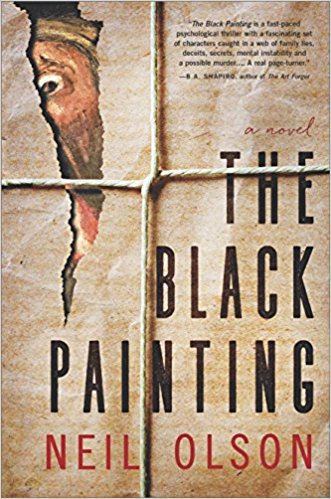
"Mystery books were daring and exciting, firing up my imagination and making me yearn to become a girl detective or even a secret agent. They also empowered me to make up impromptu ghost stories around the campfire for my Girl Scout troop and sneak into the cemetery at night on a dare."
Books figured prominently in my life from very early on. My parents lavished us with Little Golden Books and Think and Do books. But my penchant for serious reading really kicked into high gear when the bookmobile rolled into my small Midwestern town, dispensing Nancy Drew and Trixie Belden novels. This was a huge step up from the kid’s books and “readers” our teachers foisted on us in grade school. These mystery books were daring and exciting, firing up my imagination and making me yearn to become a girl detective or even a secret agent. They also empowered me to make up impromptu ghost stories around the campfire for my Girl Scout troop and sneak into the cemetery at night on a dare.
 By the time I turned 12, I had discovered James A. Michener. Tales of the South Pacific and Hawaii held me spellbound. But there was a slight problem. I wasn’t technically old enough to check out “adult” books from our small library. And so I enlisted my mom to be my foil. I’d pick out the books I wanted to read, and under the glaring eyes of the librarian, who knew darned well that they were intended for me, checked out all the adult books my heart desired.
By the time I turned 12, I had discovered James A. Michener. Tales of the South Pacific and Hawaii held me spellbound. But there was a slight problem. I wasn’t technically old enough to check out “adult” books from our small library. And so I enlisted my mom to be my foil. I’d pick out the books I wanted to read, and under the glaring eyes of the librarian, who knew darned well that they were intended for me, checked out all the adult books my heart desired.
As a freshman in high school, I was inspired by my dad’s first-hand stories about World War II. So I tackled William L. Shirer’s The Rise and Fall of the Third Reich. As I recall, I even did a book report on that rather lengthy tome and had to swear under oath before our high school principal that, yes, I had in fact read (and understood) the entire book.
Thank goodness the book police are now a dim memory and I can indulge my tastes by reading absolutely anything I want – whether it be children’s books, YA literature, mysteries, thrillers, poetry, serious literature, or business books. And once in a while I curl up in an easy chair and journey back to Hawaii or the South Pacific by re-reading good old Michener.
Laura Childs is the USA Today and New York Times bestselling author of the Tea Shop Mysteries, Scrapbooking Mysteries, and Cackleberry Club Mysteries. Recently, Book Riot named the Tea Shop Mysteries to their list of “25 of the All Time Best Cozy Mystery Series.” In her previous life Laura was CEO of her own marketing firm, authored several screenplays, and produced a reality TV show. She is married to Dr. Bob, a professor of Chinese art history, enjoys travel, and has two Chinese Shar-Pei dogs.
This “Writers on Reading” essay was originally published in “At the Scene” enews February 2018 as a first-look exclusive to our enewsletter subscribers. For more special content available first to our enewsletter subscribers, sign up here.

 Family money and long-held family secrets are at the heart of this gripping whodunit.
Family money and long-held family secrets are at the heart of this gripping whodunit.
 J.J. Hensley
J.J. Hensley Don’t get me wrong. Nobody in the department blamed me for being taken captive.
Don’t get me wrong. Nobody in the department blamed me for being taken captive.
